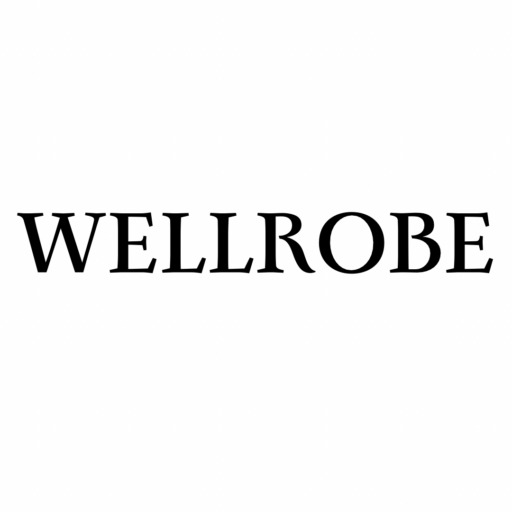Welcome back to WellRobe, your go-to source for all things skincare! Today, we’re diving into a hot topic in the beauty world: blue light and red light therapies. These treatments have been gaining popularity for their various skin benefits, but what’s the real difference between the two? Let’s break it down.
Blue Light:
What Exactly is Blue Light? Blue light therapy uses a specific wavelength of light, usually around 415 nanometers. This type of light is naturally present in sunlight and emitted by our digital screens—think your smartphone, computer, and even your TV.
How Does It Work? Blue light penetrates the top layer of your skin, targeting the sebaceous (oil) glands. By reducing oil production and killing Propionibacterium acnes (P. acnes), the bacteria responsible for acne, blue light can help clear up your skin.
Key Benefits:
- Banishes Acne: Blue light therapy is fantastic for reducing and preventing acne breakouts by killing acne-causing bacteria and controlling oil production.
- Non-Invasive: It’s a gentle, non-invasive treatment that you can do at home or in a dermatologist’s office.
- Low Side Effects: Most people experience little to no side effects, making it great for sensitive skin.
Drawbacks to Consider:
- Potential Sensitivity: Some might experience dryness or temporary redness post-treatment.
- Surface-Level Only: While effective for acne, it doesn’t penetrate deeply enough to tackle issues like wrinkles or deep scars.
Red Light:
What Exactly is Red Light? Red light therapy uses wavelengths between 620 and 750 nanometers. This form of light penetrates deeper into the skin compared to blue light, reaching the dermis where collagen and elastin are produced.
How Does It Work? Red light stimulates the production of collagen and elastin, which are crucial for maintaining your skin’s firmness and elasticity. It also boosts blood circulation, delivering more oxygen and nutrients to your skin cells.
Key Benefits:
- Anti-Aging: Red light is your go-to for reducing wrinkles, fine lines, and improving skin texture by boosting collagen and elastin.
- Healing Powers: It accelerates the skin’s healing process, making it great for reducing inflammation and repairing damage.
- Versatile: Red light therapy can help with a range of skin issues, from scars to redness and sun damage.
Drawbacks to Consider:
- Time Commitment: Seeing significant results often requires multiple sessions over a period of weeks or months.
- Cost: Professional treatments can be pricey, though at-home devices offer a budget-friendly alternative.
Combining Blue and Red Light Therapy
Why choose between blue and red light when you can have both? Many devices now offer combined blue and red light therapy, allowing you to treat acne and enjoy anti-aging benefits simultaneously. This dual approach can help you achieve clearer, more youthful-looking skin.
Understanding the differences between blue light and red light therapy can help you choose the right treatment for your skin concerns. Whether you’re battling breakouts or looking to turn back the clock on aging, light therapy has something to offer.
